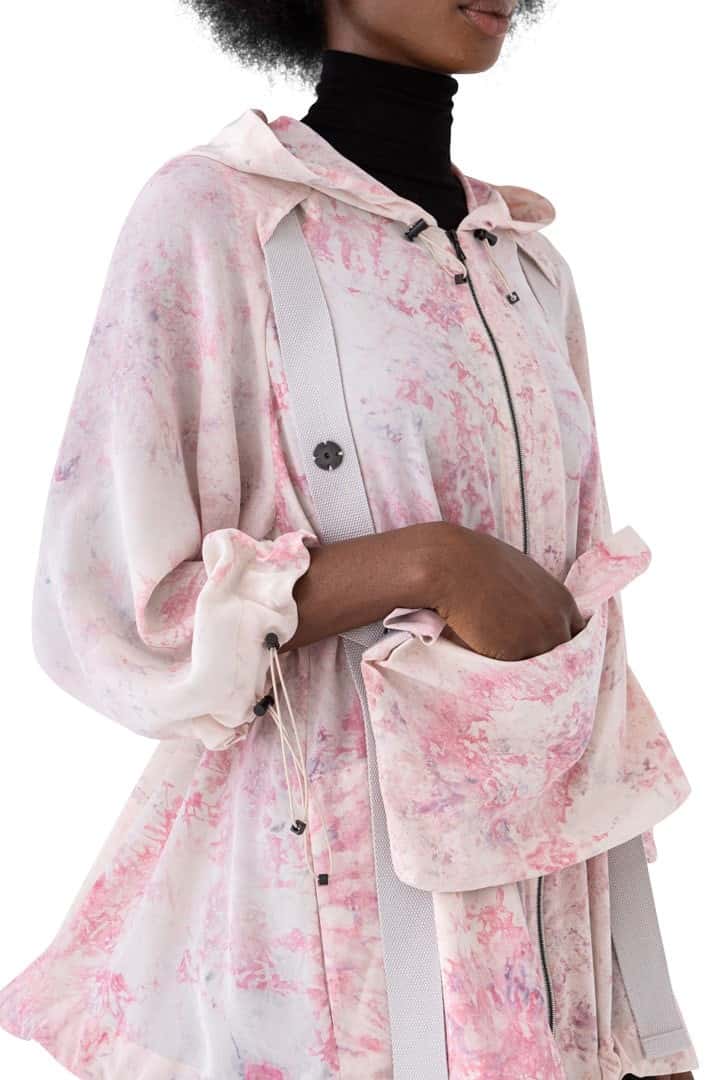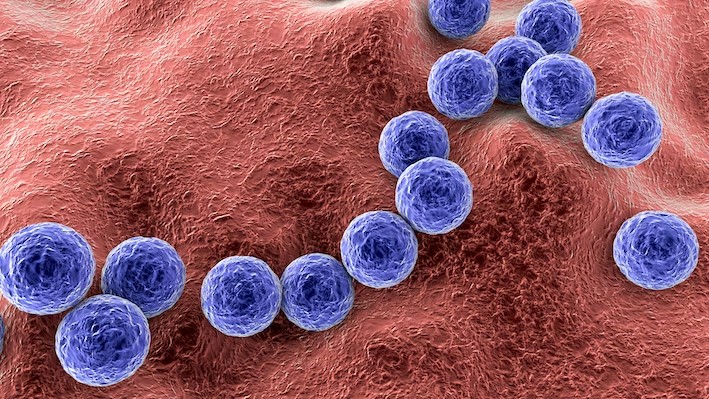The $5,000 Jacket Made Of Bacteria, The Future Of Fashion?
Driven by innovation and sustainability, a U.K.-based online store called Normal Phenomena of Life (NPOL) is offering clothes, beauty, and lifestyle products created with microbes. One of the store’s most unique products is a $4,895 jacket designed with bacteria. This fascinating blend of science and style is poised to reshape the way designers and customers think about fashion.

According to Fast Company, NPOL’s story began in a lab where scarves (like the jacket) were dyed using bacteria. Today, the store, which calls itself haute couture, offers a curated collection of items designed with microbes. The product lineup includes face oil derived from fungi priced at $80, prints enhanced by algal ink at $245, and their signature Exploring Jacket, colored by Streptomyces coelicolor, for $4,895.
A UK-based company is using bacteria to design and dye high priced clothing.
Behind the scenes, NPOL is a collaborative effort between Faber Futures, a biodesign research studio founded by Natsai Audrey Chieza, and Ginkgo Bioworks’ creative director, Christina Agapakis. The partnership, which resulted in the expensive jacket designed with bacteria, combines their expertise in design and biology to create a brand that aims to be a hub for a more sustainable fashion industry.
Chieza explains that the journey to NPOL began when they realized there was no existing platform for biologically engineered products that celebrated these creations in the way they envisioned. As such, their mission expanded from simply designing a shop to actually building a product development pipeline for biotech-enabled goods.
Each of their products is a result of natural practices such as bacterial fermentation.
“We couldn’t really pinpoint any products that existed that could fit in the world that we were envisioning at the time,” Chieza said, explaining that NPOL effectively becomes a customer of the companies developing the jacket bacteria technologies that produce the store’s offerings. What sets NPOL apart is its commitment to sustainability and individuality.
Each of their products is a result of natural practices such as bacterial fermentation. For instance, the pattern on the Exploring Jacket is determined by the unique interaction of a specific set of bacteria with a particular fabric. This approach challenges the traditional fashion industry, which tends to emphasize excess and fleeting trends.

Chieza explains that conventional clothing production involves centralizing manufacturing and high volumes of homogenous materials. By contrast, NPOL is embracing natural practices, leading to high-quality pieces with a significantly lower carbon footprint. Jacket bacteria dyes require less water as they don’t rely on farmland like traditional plant-based dyes.
However, fashionable jackets created with bacteria come at a price. Since NPOL’s partners are producing difficult-to-scale materials, the brand offers its products in limited quantities at premium prices. Currently, NPOL’s products cater to a luxury consumer base that values sustainability and wants to help save the environment.
By fusing science and design, Normal Phenomena of Life is paving the way for a more sustainable and eco-friendly fashion world, where style meets substance.
Still, Chieza is optimistic that as the brand grows, its technology and products will become more accessible. “We want to be a place where you learn about the power of biology to decarbonize and eliminate toxic materials from supply chains, but we want that to be fun. Because if we can get as many people excited about that as possible, that grows the demand,” Chieza explains.
By fusing science and design, Normal Phenomena of Life is paving the way for a more sustainable and eco-friendly fashion world, where style meets substance. The $5,000 jacket made of bacteria might be the first step towards a greener, more responsible future for the world of haute couture. It will be interesting to see how it challenges the status quo of the fashion industry.












